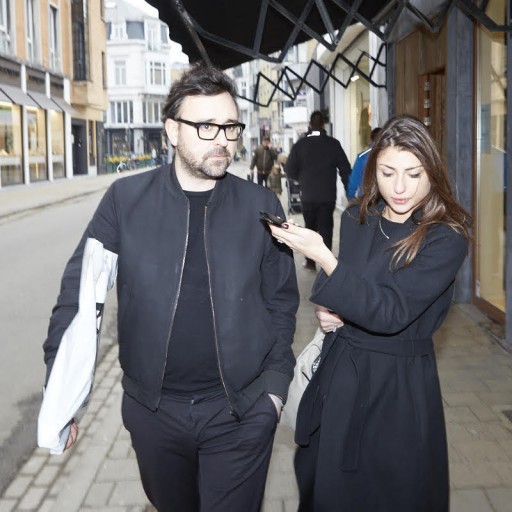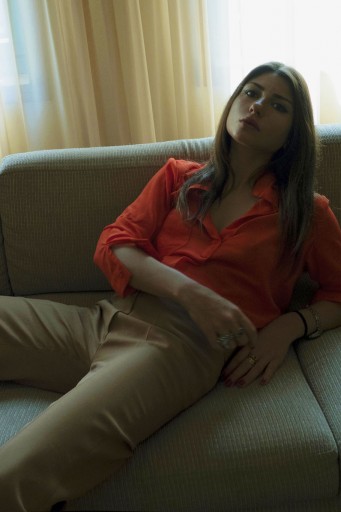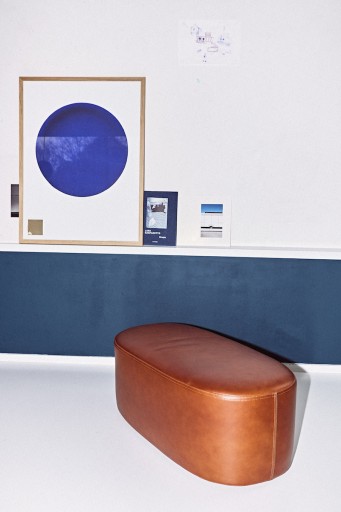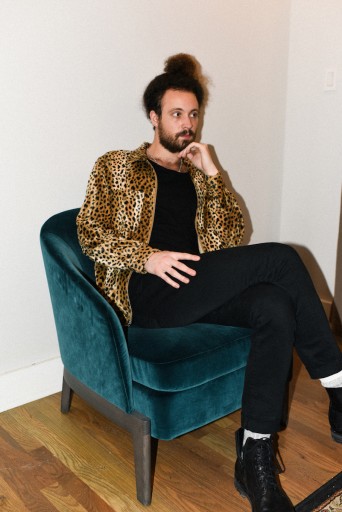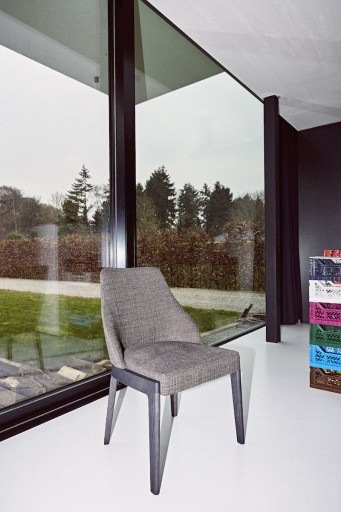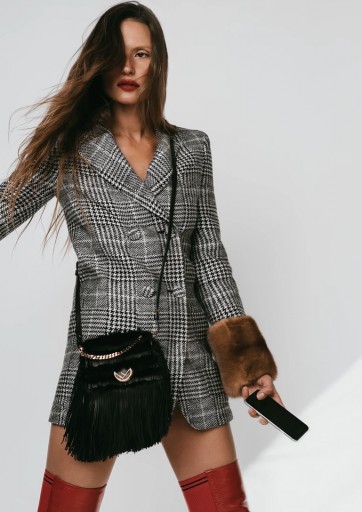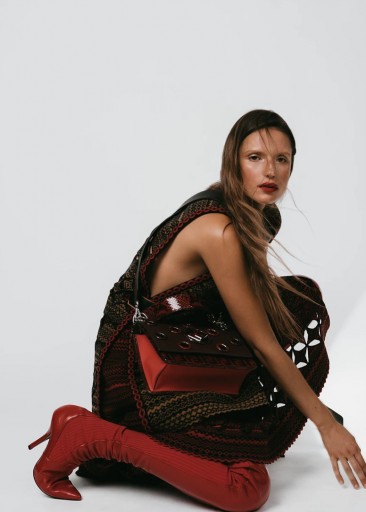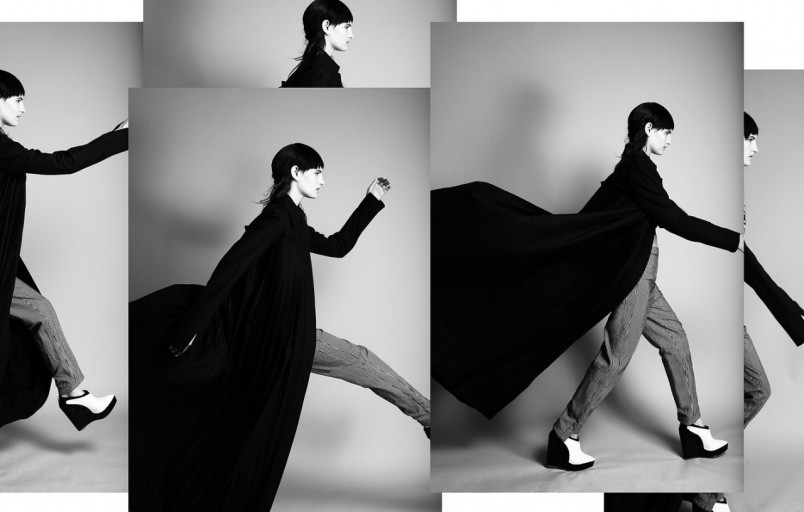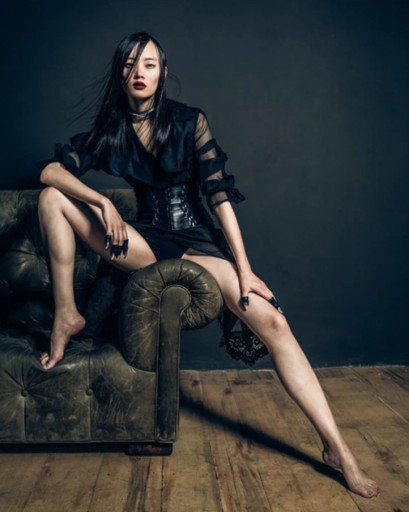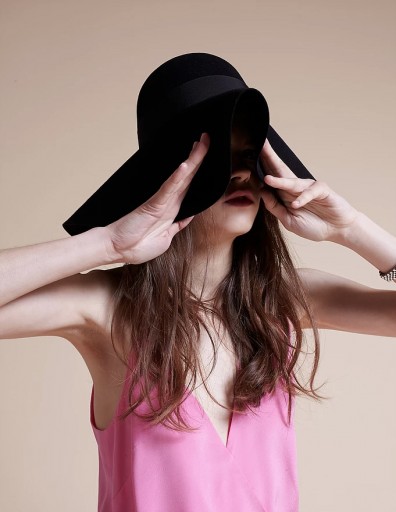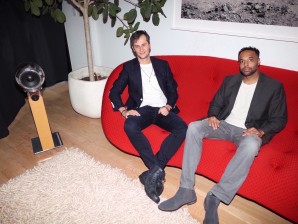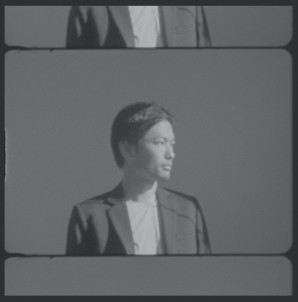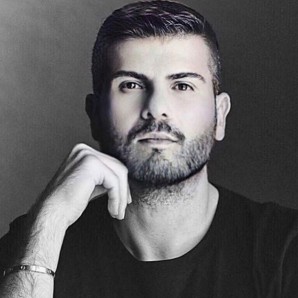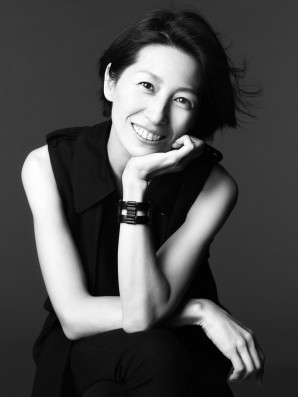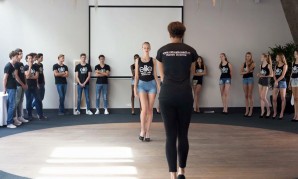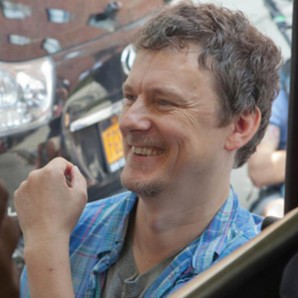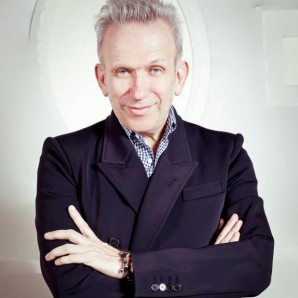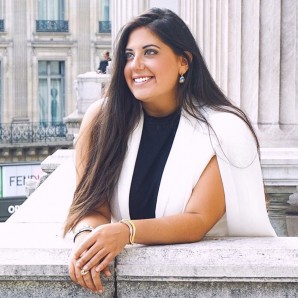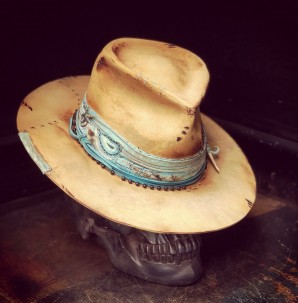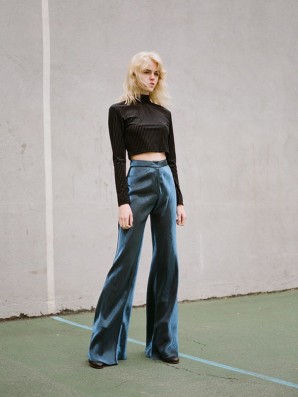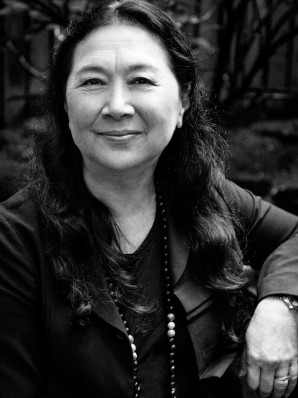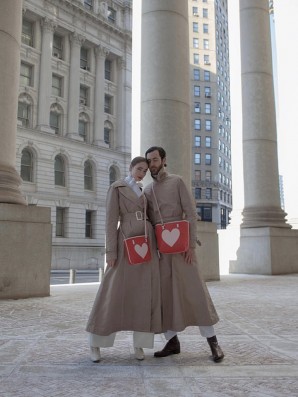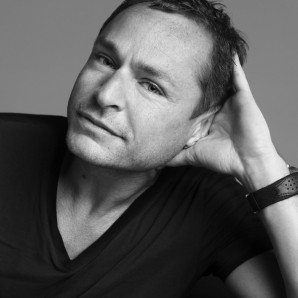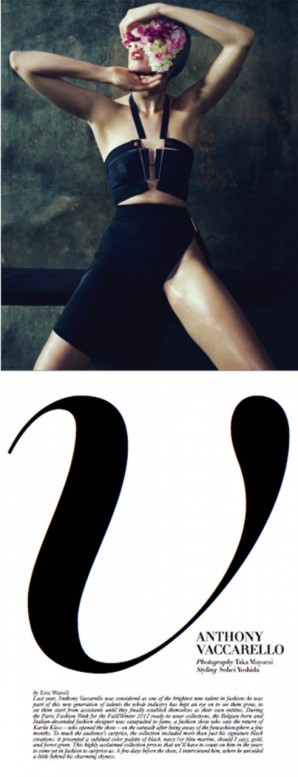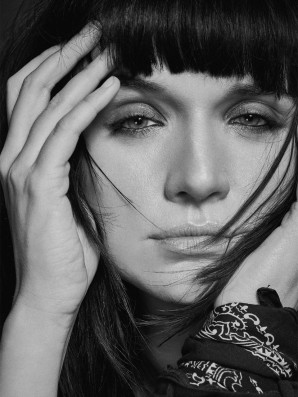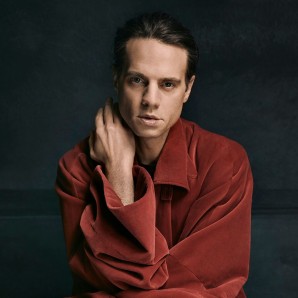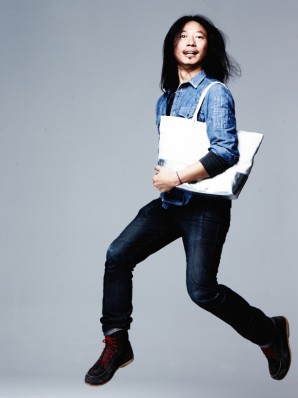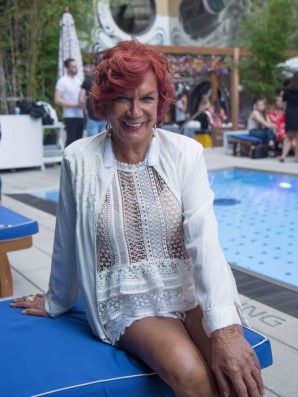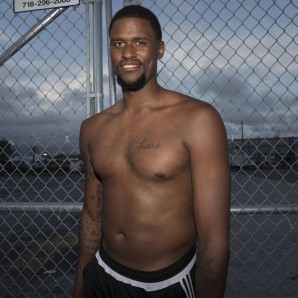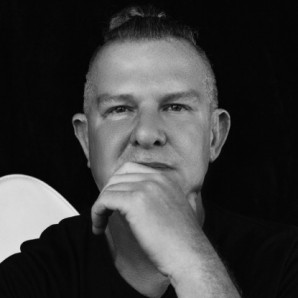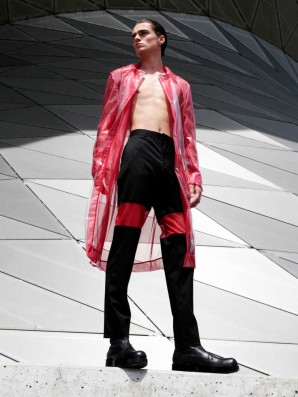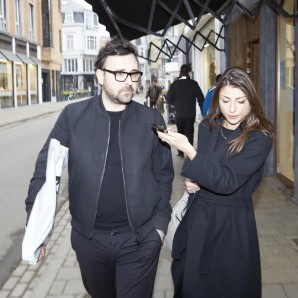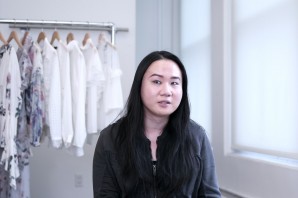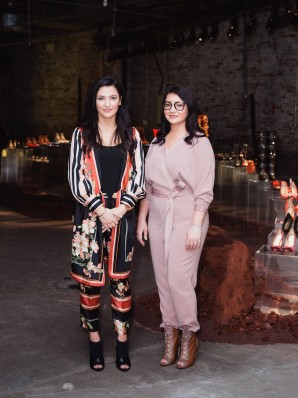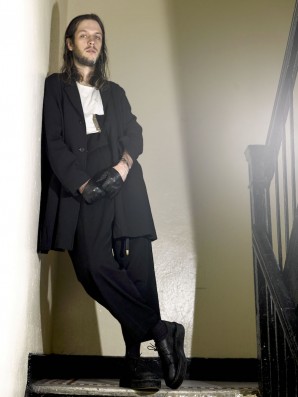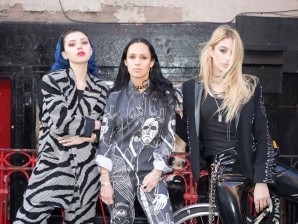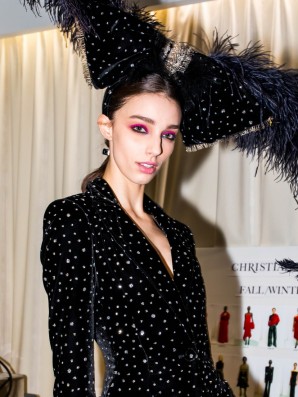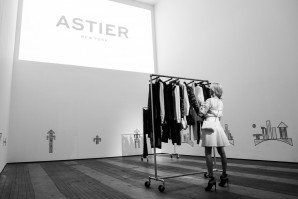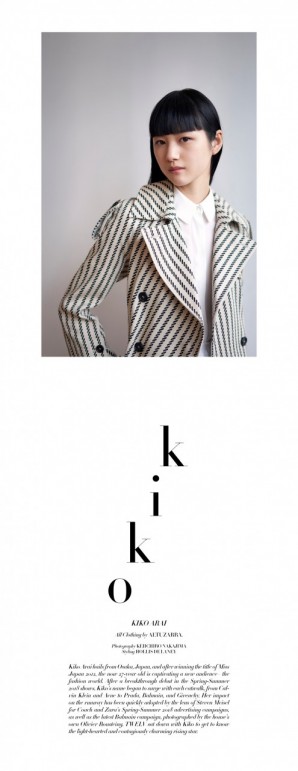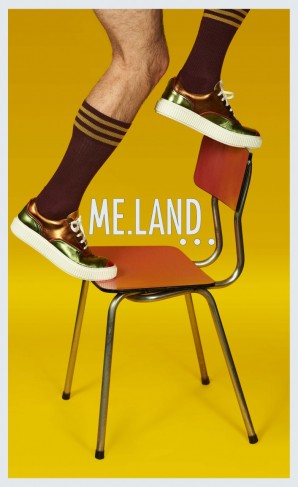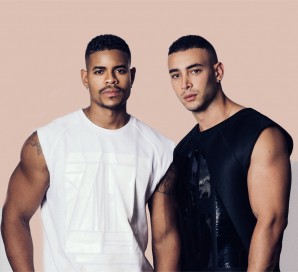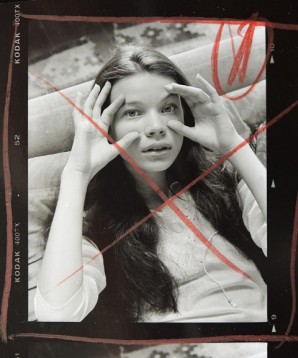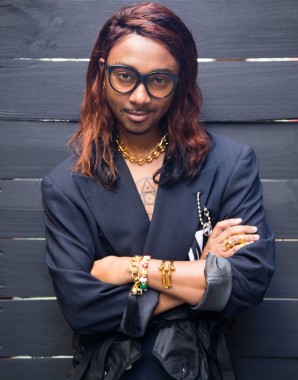TWELV sits down with founders of Parlor Social Club Jan Cieslikiewicz and Frederick Ghartey to give a glimpse into the story of co-founders living in New York City.
Branding in the Worlds of Art and Commerce According to Silvia Mella
Branding is everything. For an entrepreneur, it is the difference between viability and bankruptcy. On social media, we are all our own brands. Our choices in clothes, food, jobs, housing, friends and even romantic partners are all subject to branding’s influence. There was a time when advertising and fine arts occupied antagonistic spheres in the realm of creativity. Now, artists are entrepreneurs, and entrepreneurs utilize the arts to create their brand’s identity on social media. Silvia Mella is the woman that Fendi, Net-a-Porter, Vera Wang and Topshop call when they want help navigating the abstruse world of branding. Amidst her breakneck agenda of photoshoots and meetings, Silvia took a moment to share her insights with TWELV.
We heard that you were behind the scenes at the Met Gala working on a project for Vogue Thailand! Can you tell us about that?
Nichapat Suphap is a contributing editor of Vogue Thailand, and when she went to the Met Gala this year, it was a historic moment because she was the first Thai person to attend. She wore an original Peter Dundas couture gown– Peter is well known for making Beyonce’s 2017 Grammy dress. Nichapat got dressed for the ball in a room at The Mark Hotel, so we had a photographer there to document it, and the behind-the-scenes photos will appear in the print edition of Vogue Thailand.
We also heard that you are working on a project for Molteni, the Italian furniture company.
The #HouseofMolteni project was already underway before I got involved, so I shot homes in three cities, but there are 12 in all. I researched creative people on Instagram and found pictures of their homes with Molteni furniture, so we spoke to them, and the focus is really to ask ‘How do you feel in your home? Why did you choose your neighborhood?’ We shot in Brooklyn, Portland [Oregon] and Ghent [Belgium]. It is a really beautiful exploration of the notion of home and how we define our place of refuge.
In the 1990s, when you were growing up near Venice, Italy, internet branding did not exist. Can you walk us through the professional journey that brought you to where you are now?
I started out as a journalist, an editor. At university in Milan, I studied advertising and public relations. I interned at Muse Magazine in Italy when I was in university, and I continued on as Assistant Editor after graduation. Then I came to the U.S. and worked for Conde Nast Italia, reporting on what was happening in New York in fashion and the arts. Then I did my own publication, Idolize. It was a limited-edition release and came in a box and had images and interviews, photography, posters. Some of my clients started to see what I was doing for Idolize and asked me to produce content for them. I said yes to the first request, and haven’t stopped since then. For me, there are a lot of similarities between advertising and journalism--they are both about storytelling. English is not my mother tongue, so I had to find ways to tell stories through images and video.
You’ve worked with so many iconic creative minds, such as Marina Abramovic and Harold Koda. How did the Harold-Marina summit for Idolize come about?
I always want to work with talent I like. With Marina, I wanted her to be part of the second issue of Idolize, so I knew I had to approach her with a strong idea, and I thought it would be interesting if Marina and Harold did a conversation on beauty. The three of us met and they talked for two hours.They had an intimate and personal conversation– I really let them talk a lot without interrupting, and from that conversation, I curated the excerpts we used in Idolize.
A lot of your editorial images are very abstract, portraying more of lifestyle than highlighting a specific product– which is what strategic branding often entails. But I am often reminded by my friends outside the fashion industry that outlandish images in ads and on runways can be confusing to consumers. Is this balance ever an issue between you and your clients?
Some of my content is abstract because I don’t want to tell people what to do. I use the medium as a tool to communicate ideas in a language everyone can understand. Even though I am fascinated with clothes, shoes, and bags, that’s not why I do what I do. I like to make people think, and when people connect with the images, they become loyal to the brand. I find that when the message is not straight in your face, it makes you think more.
Before the 1990s, there was a distinct partition between the worlds of art and commerce. There was this punk rock ideology that artists should only care about creative expression, and not aspire to make money. Now it seems that every successful artist sells merchandise. Do you think that there is any downside to the modern fusion of art and commerce?
I know a lot of people think there is a downside to the commercial influence on the art world, but I don’t agree. For an artist, doing commercial work can only benefit them because they can make money to support their art. I think partnerships are a great way for artists to explore their talents through other entertainment channels, and they can make products that many people can afford to purchase, rather than selling only high-priced items to art collectors.
We are living in a time when people are hypersensitive about how women are portrayed in Hollywood and beyond. When you are working on a project with abstract imagery that can be interpreted in many ways, is there ever a conflict between political correctness and provocation? I am thinking about the striking Idolize short called No 1.001 in which Virginia Slaghekke meets an untimely demise.
I think people like me who work with media have to take responsibility for what we say, and the kind of message we put out. I don’t really care about being politically correct. If someone sees my work and is offended by the content, then I just assume that they are not in the audience I am trying to reach. I don’t mind if there are conflicting opinions. I want to touch my audience and open a dialogue.
I absolutely love the series of narrative shorts you’ve created. Where did the concept for the shorts come from, and how did you find your subjects?
When Cools was launching the editorial site, they wanted people to feel the world of downtown New York City because that’s where the company comes from. I was in Union Square talking to some dancers, and Victor Yellow came up to me and said, ‘Why are you talking to them? You should be talking to me. I’m good too.’ Then I learned about his childhood and his passion for dance and how it changed his life, and it was such a powerful narrative. Since I met him a year ago, he’s gone on to do so many things. He’s performed at the Apollo, and on different television shows. That’s one of the fun parts about my work. I meet random people and then I get to see them evolve over time.
Looking ahead to the future, what path do you hope your creativity will take? Do you envision yourself doing full-length documentary films if the right opportunity presented itself?
I don’t know if I would do an entire full-length documentary. It’s very different than what I’m doing now. One thing I would like to do is design my own products so that I can tell stories through the products. Recently, I had an entire idea about toothbrushes, but it doesn’t have to be about toothbrushes. It can be about anything. It can be about plates, dinnerware, anything. The important thing is the story.
Be sure to check out the soon-to-be-released third installment of the House of Molteni Series, and keep up with Silvia on her Instagram and website.
INTERVIEW BY KAREN FRAGALA-SMITH
PHOTOS COURTESY OF SILVIA MELLA
related posts
Keiichiro Nakajima interview
Keiichiro Nakajima is a photographer and director based in Japan, represented by a management and production company called Signo, Inc, which is one of the largest and leading artist management...
SHIN FUJIYAMA Founder of Students Helping Honduras INTERVIEW
Japanese-American philanthropist Shin Fujiyama co-founded Students Helping Honduras with his sister Cosmo Fujiyama.
NEW TYPE #36: Mônot - ELI MIZRAHI INTERVIEW
Beginning with his childhood in Lebanon, Eli Mizrahi garnished inspiration from across the globe to debut his evening wear brand, Mônot, last fall.
RMK CREATIVE DIRECTOR: KAORI INTERVIEW
KAORI is a renowned make-up artist and the creative director of RMK beauty, a flourishing Japanese makeup and skincare brand that is now sold worldwide.
MICHEL GONDRY INTERVIEW
“MAYBE WE CAN BE IMMERSED IN MOVIES BECAUSE WE’RE USED TO DREAMING.”
JEAN PAUL GAULTIER EXCLUSIVE INTERVIEW
It has become almost useless and banal to introduce Jean-Paul Gaultier.The mere mention of his name alone elicits a constellation of images that have become part of our mind and imagination since...
NEW TYPE #35: DARA SENDERS INTERVIEW
Dara Senders, the designer behind the eponymously titled, all size inclusive brand that launched in 2018, has always been obsessed with fashion.
NEW TYPE #35: NTTE HATS
From a small city near Milan to Downtown New York, Paolo, Designer and creater of NTTE Hatsdiscovered his passion for hats and anything vintage at a young age.
NEW TYPE #34 : BEAU WATSON
1. As a new designer, how do you hope to distinguish yourself among other designers?
NIAN FISH INTERVIEW
Nian Fish, creative director of KCD, has been, for decades, a pivotal figure in the fashion world, assembling and producing fashion shows that have become cultural benchmarks unto themselves, such...
CESAR LOVE ALEXANDRE INTERVIEW
Cesar Love Alexadre is a duo of visual artists formed by Isabelle Chaput and Nelson Tiberghien.They met at the Gobelins school of Photography in Paris and now based in New York where they work on...
TOM PECHEUX INTERVIEW
TWELV got a special interview from Tom Pecheux. Read as we host interviews and explore the lives of artists who shape the final product - directors, fashion designers, stylists, ...
ANTHONY VACCARELLO INTERVIEW
Anthony Vaccarello was considered as one of the brightest new talent in fashion: he was part of this new generation of talents the whole industry has kept an eye on to see them grow, to see them...
Why is Everyone in Hollywood Buzzing About Actress Malgosia Garnys?
Have you ever felt like you were beautiful and powerful and the universe was conspiring in your best interest, and your opportunities were endless because you’ve lost people you loved...
INTERVIEW: Bigwig Broadway Producer, Jordan Roth and Acclaimed Choreographer, Michelle Dorrance
R.I.P Chek Wu
We at TWELV are deeply saddened to announce the passing of talented photographer, boundless free-spirit, and our friend, Chek Wu.
GatherNYC: Everything We Love About Church With No Weird Stuff
GatherNYC is Everything We Love About Sunday Service With None of the Weird Stuff
NEW TYPE #33: Catherine Casias Inteview
If fashion is an expression of experiences, Catherine Casias has a lot of area to cover. She has excelled as an Olympic volleyball player, a philosophy major, and a fine artist....
Party Czar Carmen D’Alessio, Empress of the Sun and the Queen of the Night
You may not know Carmen D’Alessio by name.
IKEMEN #39: JORDAN HENRIQUEZ
IKEMEN (ē´k´mɛn): Japanese Slang
"REALLY, REALLY, RIDICULOUSLY GOOD LOOKING PEOPLE"
IKEMEN #38: WARREN KAY
IKEMEN (ē´k´mɛn): Japanese Slang
"REALLY, REALLY, RIDICULOUSLY GOOD LOOKING PEOPLE"
NEW TYPE #32: ALEXANDER ROYS INTERVIEW
"Introducing an innovative Men’s designer to inspire you with the visions of future and the rise of technology."
Branding in the Worlds of Art and Commerce According to Silvia Mella
Branding is everything. For an entrepreneur, it is the difference between viability and bankruptcy. On social media, we are all our own brands.
Interview: Jackie Yang, Creative Director of Chelsea and Walker
TWELV sat down with Jackie Yang, Creative Director of Chelsea and Walker, in the brand’s New York City...
New Type #31: Angela Mitchell – Krystal and Marilyn Lavoie Interview
We are living in the age of fast fashion, and even Europe’s most storied luxury brands have been moving their factories to Asia to reduce costs.
Ikemen #37: Dominik Halas
IKEMEN (ē´k´mɛn): Japanese Slang
"REALLY, REALLY, RIDICULOUSLY GOOD LOOKING PEOPLE"
New Type #30: Carolina Sarria & Bianca Allen Interview
Both Carolina Sarria and Bianca Allen knew they wanted to become fashion designers from a young age.
Interview & Backstage: Christian Siriano Celebrates 10 Years in Fashion
After the successful launch of his book Dresses to Dream About, a decade-anniversary celebration on the runway, and a whirlwind of striking celebrity looks on the red carpet of...
New Type #29: Jackie Astier Interview
Astier places its identity within the advanced adaptation skills of the modern New York woman.
INTERVIEW: Meet Kiko Arai, Miss Japan-turned Face of Balmain and Zara
Kiko Arai hails from Osaka, Japan, and after winning the title of Miss Japan 2012, the now 27-year old is captivating a new audience– the fashion world.
Interview: Parisian Designer Frédéric Robert's Debut Shoe Collection "ME.LAND"
A vibrant brand of Italian-made shoes for men is emerging this year as one-to-watch.
New Type #28: the Design Duo Behind Maxime Hernandez Interview
The streetwear phenomenon in the fashion establishment is not slowing down anytime soon.
MICHEL NAFZIGER INTERVIEW
With a wealth of experience shooting some for some of fashion's most renowned clients (Yves Saint Laurent, Guy Laroche), ...
IKEMEN #36: Jérôme LaMaar
IKEMEN (ē´k´mɛn): Japanese Slang
"REALLY, REALLY, RIDICULOUSLY GOOD LOOKING PEOPLE"

